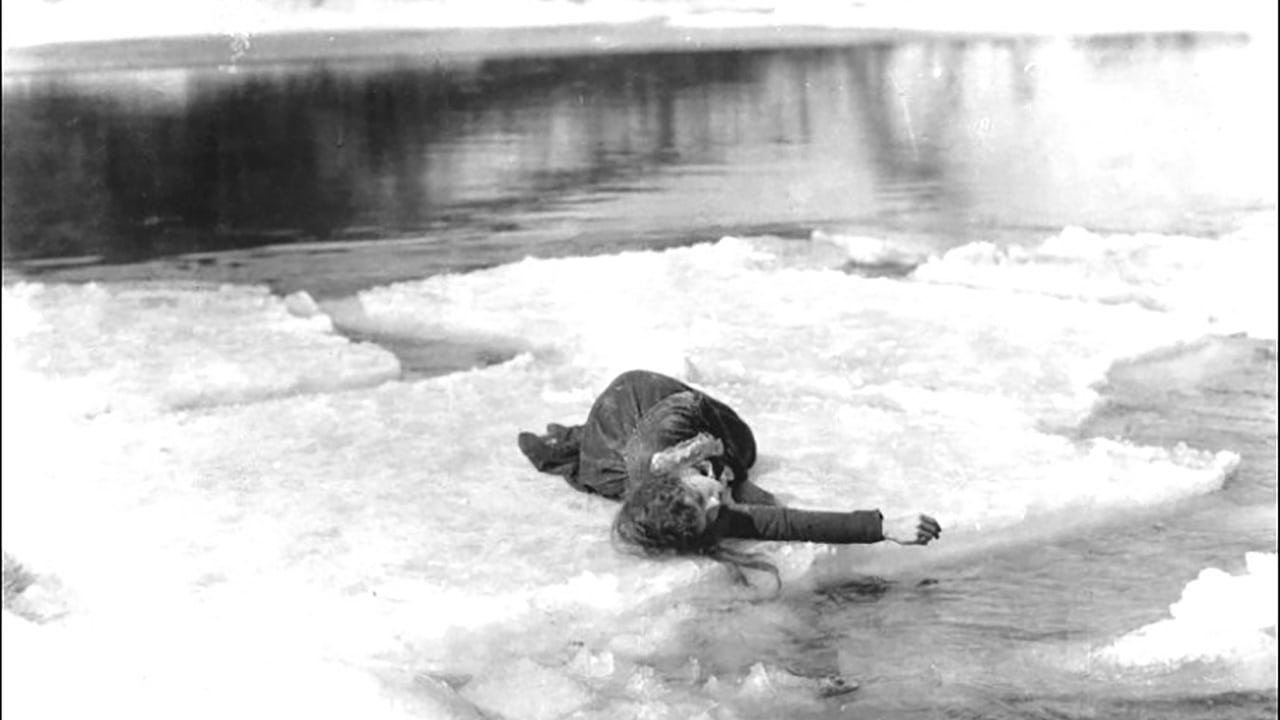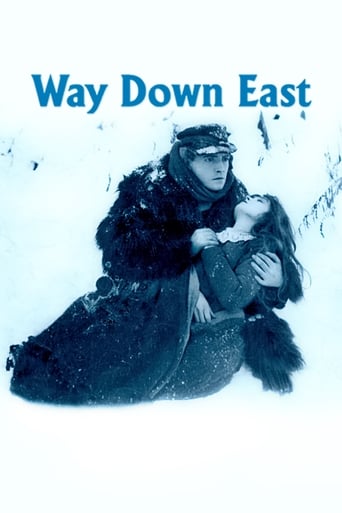

Terrible beginning in a story of a naive girl being hoodwinked into a sham marriage by the worst kind of pariah.Many lessons here about Money,Betrayal,Love,and Life being unfair.Musical score is too similar to a lot of Silents and Lillian Gish looks too much the same in her movies.The comical faces are too funny in this movie and I enjoyed the Party Scene where they all danced to old time tunes.For an early silent it is worth watching..
... View MoreDW Griffith's ideal was that dreams can come true or should be shown to, and that cinema should work to that effect. He carried all the other Victorian values with him, the edifying fable, usually a big sappy story, grandiose love, austere morals, the struggle against forces of darkness. These are old and mouldy relics now, and must have even seemed so at the time to young more radical cineastes abroad.But he was our first master of technique and many learned from him, Abel Gance in France, Sjostrom in Sweden, of course Chaplin, Kuleshov and his film workshop. Here he perfects the business with layers he was still struggling with in Intolerance.Intolerance always cut back and forth to very concrete moments in time, every intertitle announcing so in advance, as a result we got forced, simple metaphysics. Simple physics in fact, exhaustively so. You did not have to do any work, merely be swept as part of one or the other mob. It was clean linear history, movement in one direction.I want to direct your attention to two instances here. One is where we have just followed another segment of the misadventures of the naive country girl betrayed by the rich playboy, the film suddenly cuts away to the handsome country boy - her true love interest we presume - being jostled awake in bed as though from a bad dream and himself the dreamer of our story. This has saturated so ubiquitously in film culture, it is now considered in bad taste to signify a dream scene in this way.The other is the awesomely mounted ice-breaker finale, impressive for just the selection of cascading imagery but now parting to reveal soul, the whole fabric of the world being torn beneath the feet of our heroine to reveal a liquid universe below, stories written in waters and swept away and forgotten. In all the years of film since then we have only managed to invent a third layer on top of Griffith's two, adding in the equation the veracity of the author supplying the fabric and imagery, and have mostly spent that time transferring the whole more directly to the eye and perfecting links and arrangements.More erudite filmmakers would envision complex worlds with more clarity, but as far as nuts and bolts film mechanics are concerned a lot of it is patented here.
... View MoreD.W. Griffith, quite possibly the man most associated with silent film as a dramatic artform, certainly the one that most comes to mind when limited to director-only (ruling out do-it-all auteurs like Chaplin and Keaton), and he is a creator of much of the universal language as well as the collective consciousness of silent film, the epic lengths, the recognizable intertitles, and of course, the glorious, copious melodrama, and there are few films that pack more melodrama into one over-the-top package than Way Down East.Way Down East follows the exploits of naive country girl Anna (Lillian Gish), who, after falling in even harder times, decides to come into contact with distant associates of wealth. One of these, cynical womanizer playboy Lennox (Lowell Sherman) attempts to court her, in an attempt to know her biblically. She, being a respectable young woman, of course refuses to indulge until she is married, so Lennox stages a sham marriage, does his business, and leaves her. Oh, but of course, he has also left her with, you guessed it, a CHILD! Once he got his way, Lennox refuses to have anything to do with her, and she is forced to raise the child on her own. She moves into a slummy apartment and is forced to claim that her husband has died, but those inquisitive patricians cannot let it lie, and discovers she was never officially married! Then, right on cue, the baby dies (or as the titles so sensationally put it, "a cold hand on her breast"). Once she is finally outed as a hussy harlot tramp have-not wench by the 'have's, she is forced to admit to her new beau that she is not only a virgin, but a hussy harlot tramp have-not wench, and is thus obliged to out her baby's daddy, and then, all hell breaks lose.Is there anyone else more perfect or practiced at this sort of histrionic theatricality than Lillian Gish? She had eyes to kill, a brittle delicacy that looks like you could shatter her with a sneeze, and the fact that everyone was always threatening to beat her up. Most of the rest of the cast are unremarkable silent veterans like Richard Barthelmess and Burr McIntosh, although Lowell Sherman plays affluent prick so well I'm convinced it was his own vocation.At 145 minutes, the film is way too long, including far too many characters and a lot of plot strands that don't really go anywhere, but this is really all part of the bloated indulgence of pure, undiluted melodrama, and although the film isn't 'great' in the objective sense, there's certainly a lot to be entertained by here.{Grade: 6/10 (C+) / #2 (of 2) of 1920}
... View MoreWAY DOWN EAST was an old-fashioned melodrama even in 1920 when D.W. Griffith decided to film it. It's the kind of story that leaves itself open for spoofing, but Griffith approaches the story of a "mock marriage" and its aftermath with earnestness and a great eye for detail.Aiding Griffith in bringing this story to life are three great stars: Lillian Gish as Anna, Richard Barthelmess as David, and Lowell Sherman as caddish Lennox. The supporting cast includes New England "types" that almost parody Dickens. Kate Bruce is the staunch mother, Creighton Hale the ditzy professor, Vivia Ogden the town gossip, Burr McIntosh the intolerant squire, Emily Fitzroy runs the hotel, etc.The story of love, betrayal, tolerance, and redemption is slow moving and has (as usual in a Griffith film) subplots, but like the very river, all the actions and events slowly come together for the finale that left 1920 audiences in a frenzy. Indeed the ending is among the most famous in all silent films.Gish is quite beautiful here. In her opening scene she is in her parlor with her mother making a broom, holding up the straw so that we see only her white cap and large expressive eyes. She's stunning. As Anna she goes through the gamut of shy maiden, young lover, wronged woman, timid servant, and town jezebel. Barthelmess is solid as the young and innocent David who falls in love with the servant girl.Their final scenes in the blizzard (filmed on Long Island in a real storm) on the icy river (filmed in White River Junction, VT) are totally amazing. And they did not use stunt doubles. As Gish lies exhausted on the piece of ice she may or may not know that it's heading for the falls. There are scenes were her hand and hair trail in the icy river. Just amazing. Barthelmess uses the breaking ice as a trail so that he can reach Gish before it's too late. There are several shots where he falls off the ice or the ice breaks under him and he plunges into that wintry river. The entire sequence is as thrilling today as it was in 1920.Gish once wrote that her long hair froze solid from being in the river water and snapped off with the ice.WAY DOWN EAST is a great film.
... View More